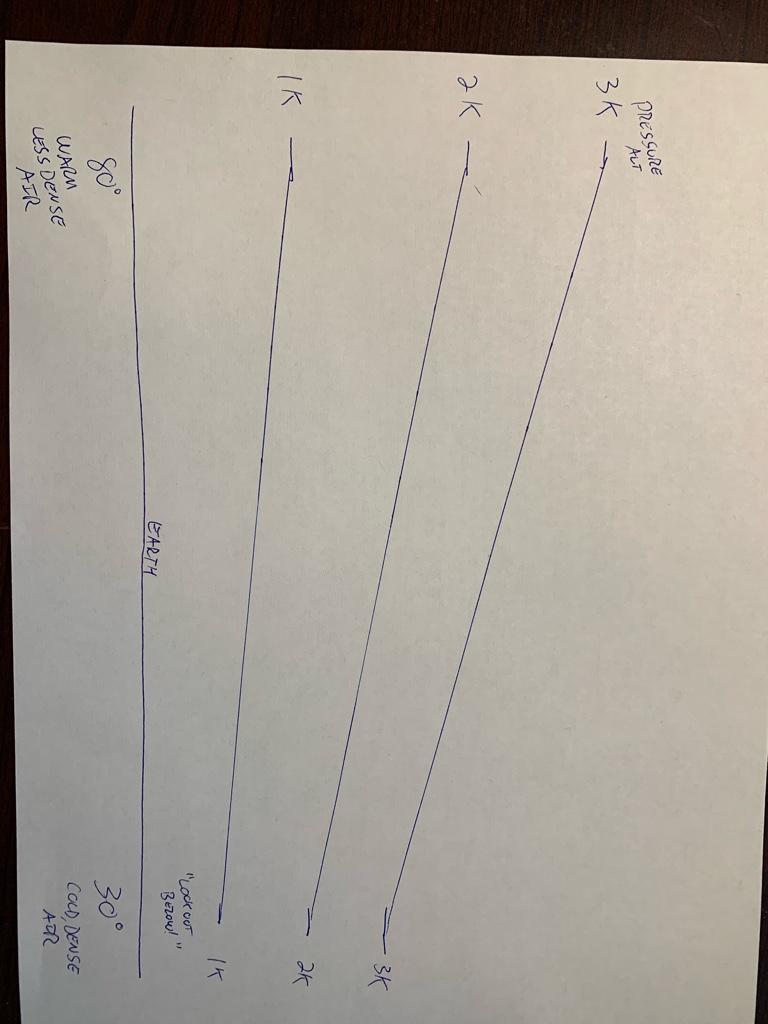Keystoner
Pre-Flight
- Joined
- Oct 10, 2021
- Messages
- 73
- Display Name
Display name:
Keystoner
Quoting exactly from my flash card:
If the outside air temperature is colder than standard temperature, then the altimeter reading will show LOWER THAN ACTUAL ALTITUDE.
I think it should read *higher* than actual altitude.
"High to low, look out below." This applies to temperature and pressure. If the temperature is low, you're actually lower than the altimeter is telling you, therefore look out below! The altimeter reading will show higher than actual altitude. Am I right?
If the outside air temperature is colder than standard temperature, then the altimeter reading will show LOWER THAN ACTUAL ALTITUDE.
I think it should read *higher* than actual altitude.
"High to low, look out below." This applies to temperature and pressure. If the temperature is low, you're actually lower than the altimeter is telling you, therefore look out below! The altimeter reading will show higher than actual altitude. Am I right?



